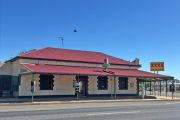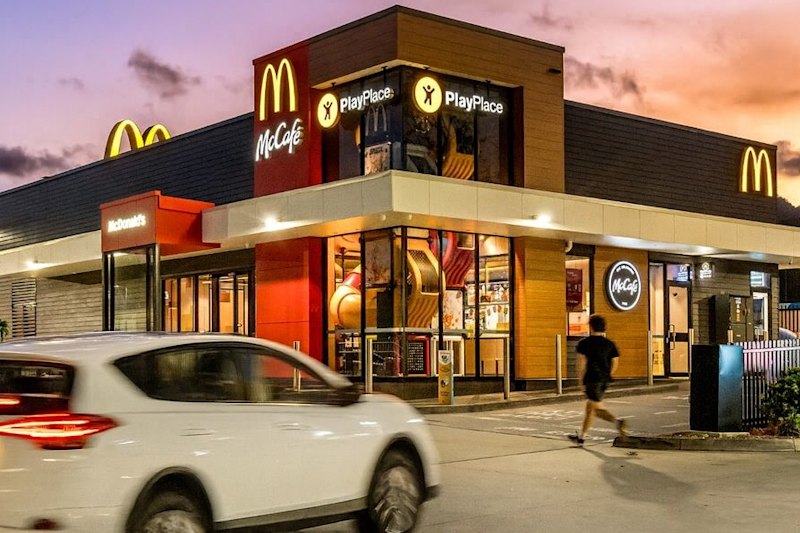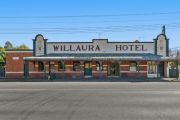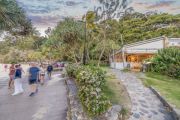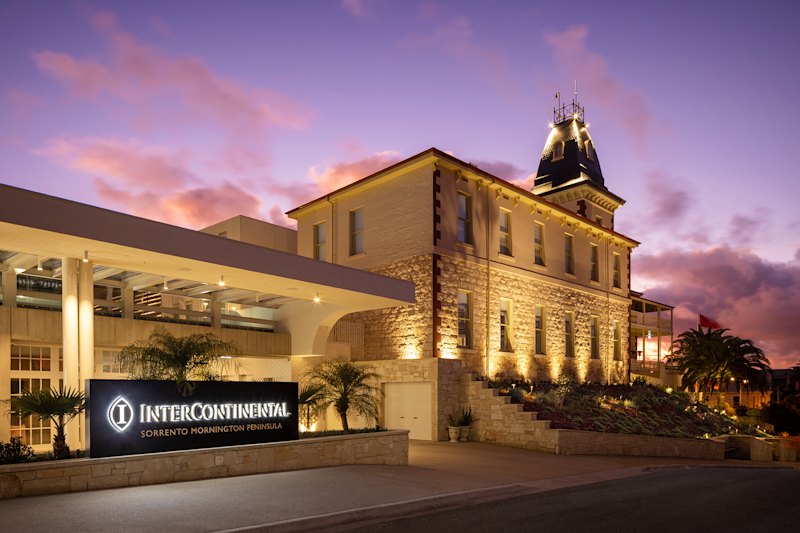
Historic Emu Bottom homestead near Sunbury on market for the first time in 50 years
One of Victoria’s oldest properties is up for sale for the first time in five decades, in what agents say is an “incredibly rare” opportunity.
The Emu Bottom homestead has been listed by private owners Hedley and Janet Elliott, who have owned the renowned wedding and conference venue since 1968. It is expected to sell for more than $6 million.
The 25-hectare site is heritage-listed, and features three refurbished rare colonial-style buildings that are regularly used for functions and weddings.
Located near Sunbury and about 40 minutes from the Melbourne CBD, the site accommodates nearly 1000 weddings each year.
The function spaces are currently leased to Red Hill Epicurean, with seven years left on the lease and options to renew. The rent is set at 15 per cent of business’ turnover, equalling about between $165,000 and $175,000 per year, from an approximate turnover of $1.2 million annually.
The tenant also pays all the outgoing costs, which is equal to about $80,000 a year.
The sale is being managed by Ernst & Young Real Estate Advisory Service’s Ben Desmond, who says it is a unique offering.
“It is an incredibly rare for a property of this calibre and with such historical significance to be in private ownership for so long,” he said.
“It’s one of Emu Bottom’s many rare characteristics we expect will generate substantial market demand and interest.
“Revenue generation through the existing lease and business activities, and the development potential, make it quite a unique opportunity, beyond its rich history and natural features.”
Mr Desmond said the property was expected to generate interest from interstate and international buyers, ranging from investors, family offices, high net-worth individuals, government authorities and developers.
The site also comes with planning provisions for high-quality accommodation, pending council approval.
“It’s uncommon for town planning schedules on green-wedge sites like Emu Bottom to make provision for otherwise prohibited uses,” Mr Desmond said.
“Any approved development could greatly enhance the existing business activities, or a new owner could go in another direction entirely. There really is no upper limit to the potential of the site.”
Emu Bottom, named after the flocks of emus that inhabited the low-lying valley, was first established and built in 1836 by George Evans, one of the founders of Melbourne.
It was sold a number of times and underwent several name changes, but when the Elliotts bought it in 1968 they decided to take it back to its root. Returning it to its first name, the couple also spent years restoring the site with its original fixtures and furniture. From 1970 to 1975 Emu Bottom served as a tourist attraction, welcoming 90,000 visitors annually.
The owners then decided to close it down as a public site and to re-open as an events and functions complex, mainly serving weddings and conferences. This operation is now spread across the three buildings: The homestead and dining room, wool shed and slab hut.
The Emu Bottom homestead has also been used as a location for a number of TV series, including Cash and Company and Against the Wind in the 1970s.





